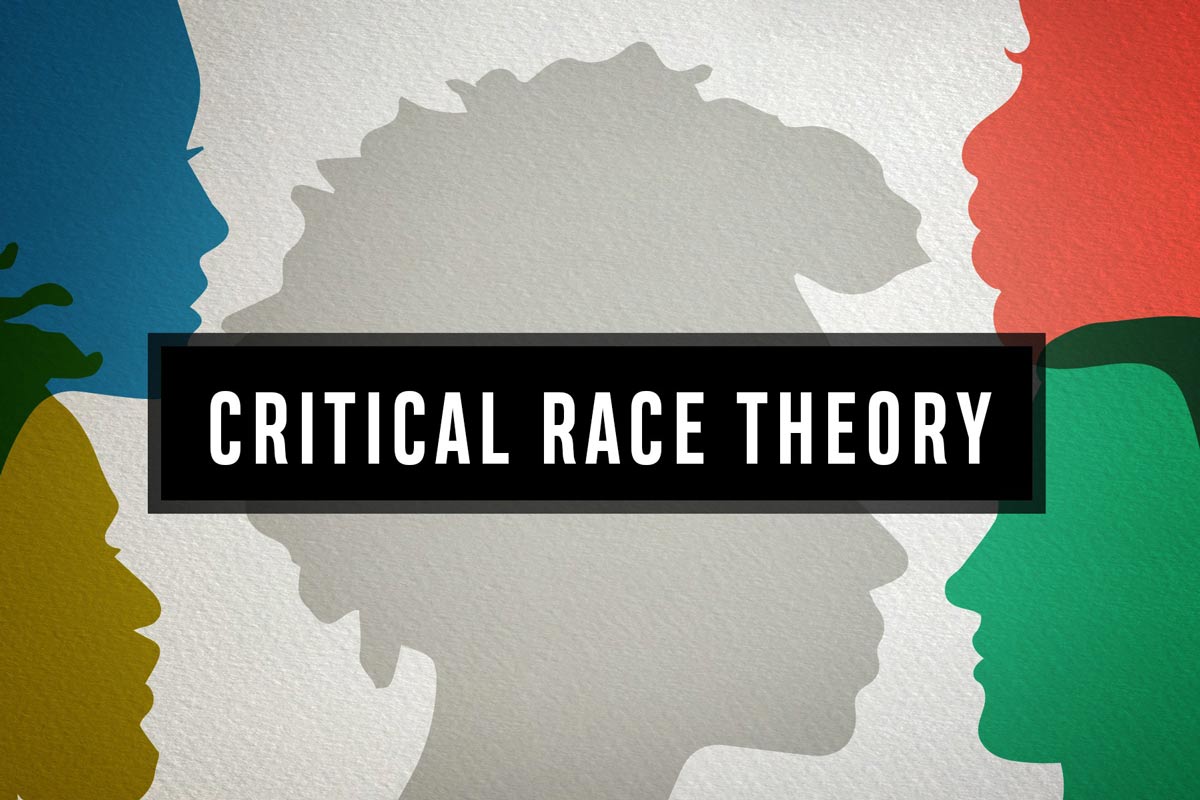Education
CRT: An Overview

Critical Race Theory (CRT), attributed to and pioneered by former Harvard Law professor Derrick Bell and legal scholars Kimberlé Crenshaw and Richard Delgado, among others, has lived for almost 50 years within the hallowed halls of advanced academic institutions. That is, until it was invoked in the late summer of 2020 by an ultra-conservative activist. Today CRT has become a cultural flashpoint in the United States, with the debate over its merit roiling state legislatures and K-12 school board meetings.
How did this once-obscure, and still widely misunderstood, concept come to be a lightning rod in the current debate over race relations in America? In this edition of Elevate the Conversation, we examine CRT and invite you to weigh in on the conversation.
Origins
In the late 1970s, Black legal scholars at some of the country’s most prestigious law schools developed a theory to connect law, history and race in the United States. These scholars believed that the effects of racial bias could not be combatted merely by enacting anti-discrimination laws to guide individual behavior, but also required reforming social institutions shaped by endemic racism. Like the theory of Originalism (which argues that the U.S. Constitution should be interpreted by determining its original meaning), a view that was also emerging at this time in legal scholarship, advocated by conservative legal scholars, CRT asserted a different viewpoint on the U.S., its history of slavery and the effects of this past on our present.
Defined
CRT argues that racial bias does not just exist within the individual, but that it is embedded in the very fabric of society, in our laws, policies and institutions. At its core, CRT maintains that our institutions and society are a reflection of our most fundamental beliefs. Thus, historic racism in America, it claims, continues to influence U.S. institutions and hinder equitable access in American society.


